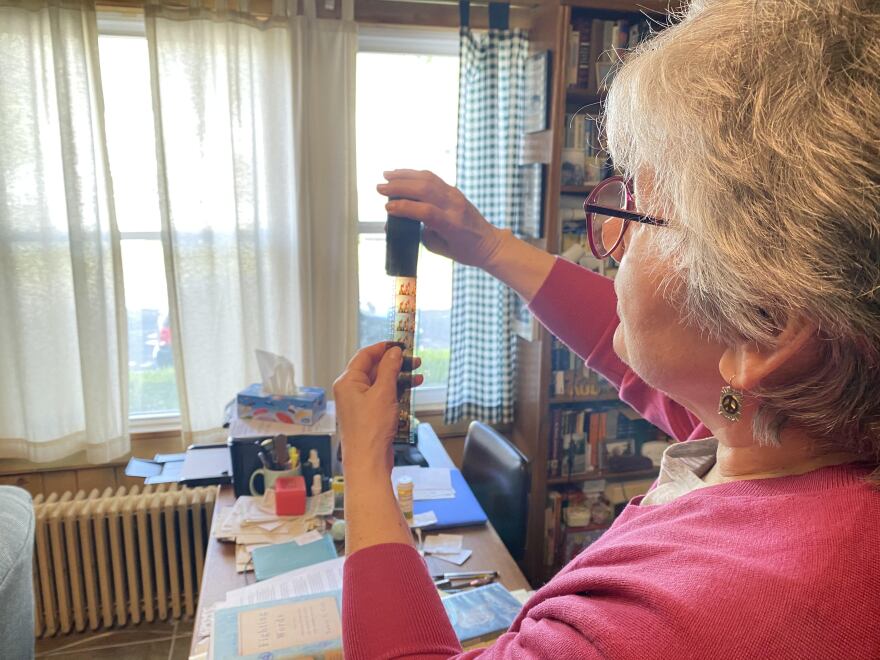So many 21st century movies have titles that include the words “after life.” Even Jason Reitman’s recent Ghostbusters comedy is called Ghostbusters: Afterlife. In a world where tragic events from the Black Death to the Apocalypse seem closer to our reality, I suppose After Life is quite a saleable title at the box office and as a home-viewing choice.
In past weeks, I have made on-air references to Ricky Gervais’ bittersweet and heartfelt Netflix series, After Life. Gervais directed, wrote, and starred. In three seasons, a total of nine hours, Gervais takes us through much of the mourning period of a middle-aged guy, Tony, who loved deeply and happily, and then lost his wife to cancer.
Tony is a journalist at his hometown paper, The Tambury Gazette. The entire series has a small town friendly flavor to it. Except for Tony. His friendly personality has been tamped down by enduring the loss of his partner. He’s sulky, cynical. He wasn’t awlays so ascerbic. Now only his pet dog gets his full affection. At home, he frequently watches videos of his dead wife speaking to him over the year. He refuses to give up her company, no matter that she is dead.
Gervais’ series is all about the living, and how the living manage when their loved ones are whisked away to an afterlife that isn’t really explored in this highly-rated and absolutely delightful show.
Another entertainment with the title After Life shares very little with Ricky Gervais’ series. It’s a Japanese feature film that, since its release in 1999, has been hailed as a profound, creative work of art. Written and directed by Hirokazu Kore-eda, this spellbinder was re-released in a 2K digital remaster last August by The Criterion Collection. It is available on disc and from various streaming services.
Unlike Gervais’ storyline, Kore-eda’s film isn’t about those left behind. In fact, there isn’t a living soul among the characters in this version of After Life. As the film begins, twenty-two recently-deceased souls arrive at a dreary way station where supportive counselors inform them they will remain for one week. Each soul has three days to decide upon their favorite or most important memory of life. They will take only this memory with them to the beyond.
Archived photos, celluloid films, and videotapes provide aids to the souls. Once the dead decide, the counselors help them recreate the special memory in detail. The first hour of this film is static in its camerawork and set decoration. Its characters are quiet. The second hour has more color and movement.
One man refuses to follow rules. Another is eager to forget just about all of his life. One sweet old woman thinks about flowers; another woman remembers a smocking dress from her childhood. Sure, some choose love and some choose Disneyland.
Before production began, more than 1,000 people were interviewed by the filmmaker and his staff to discern their most significant memory. The detail in Kore-eda’s script infers that his efforts paid off. When After Life was reviewed in 1999 by the late great Roger Ebert, he asserted that, with this film, Kore-eda’s talent had reached the heights of Ingmar Bergman and Akira Kurosawa.
This film, with its possibly over-used title of After Life, is unique and profound.
Audrey Kupferberg is a retired film and video archivist and appraiser. She is lecturer emeritus and the former director of Film Studies at the University at Albany and co-authored several entertainment biographies with her late husband and creative partner, Rob Edelman.
The views expressed by commentators are solely those of the authors. They do not necessarily reflect the views of this station or its management.





